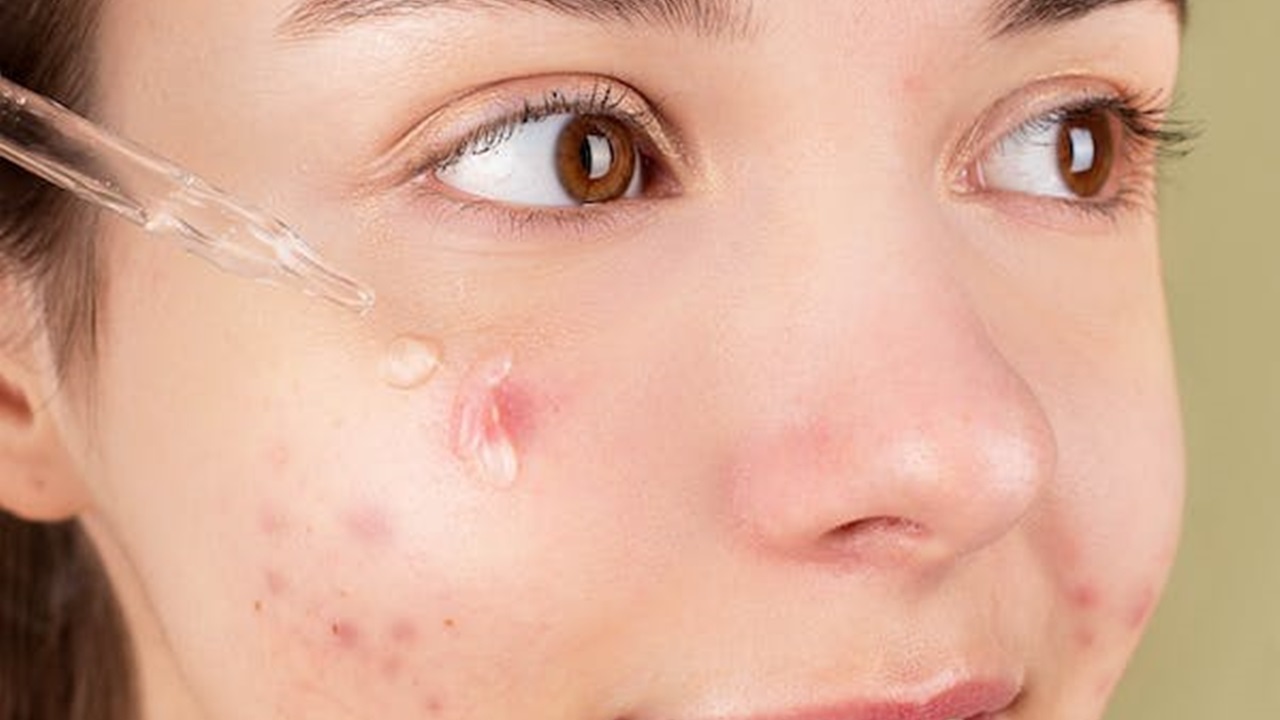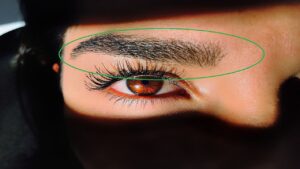Tea Tree Oil for Skin: The Benefits You Should Know
Tea tree oil is an essential oil derived from the leaves of the Melaleuca alternifolia plant, which is native to Australia. This plant has traditionally been used by Australian Aborigines for its medicinal and protective qualities. Nowadays, tea tree oil is a popular ingredient in cosmetics and skincare products due to its numerous benefits.

The Beneficial Properties of Tea Tree Oil on the Skin
Tea tree oil is highly valued for its antibacterial, antifungal, and anti-inflammatory properties. It is effective in treating various skin issues because it can eliminate bacteria, reduce inflammation, and control sebum production. One of the primary benefits of tea tree oil is its effectiveness in treating acne. The oil can penetrate pores and eliminate the bacteria responsible for acne, thus aiding in the reduction of breakouts. Furthermore, its anti-inflammatory properties can reduce the swelling and redness often associated with acne.

Additionally, tea tree oil is effective in treating fungal skin infections like candida and athlete’s foot. Thanks to its antifungal properties, it can eradicate the fungi causing these infections, reduce itching and inflammation, and hinder their further spread. Tea tree oil may also be useful in treating seborrheic dermatitis, a chronic skin condition characterized by skin irritation, flaking, and redness.
To utilize tea tree oil, you can directly apply it to the affected area using a cotton ball, diluting it with a carrier oil, such as coconut or jojoba oil. Alternatively, you can enhance the antibacterial properties of your facial cleanser by adding a few drops or using it in a facial mask for a targeted skincare routine.

To prepare the mask, you can mix 2-3 drops of tea tree oil with green or white clay and enough water to create a thick paste. Apply this mask to a clean face, avoiding the eye area, and leave it on for 10-15 minutes until it dries. Then, rinse it off thoroughly with warm water and apply a moisturizer.





